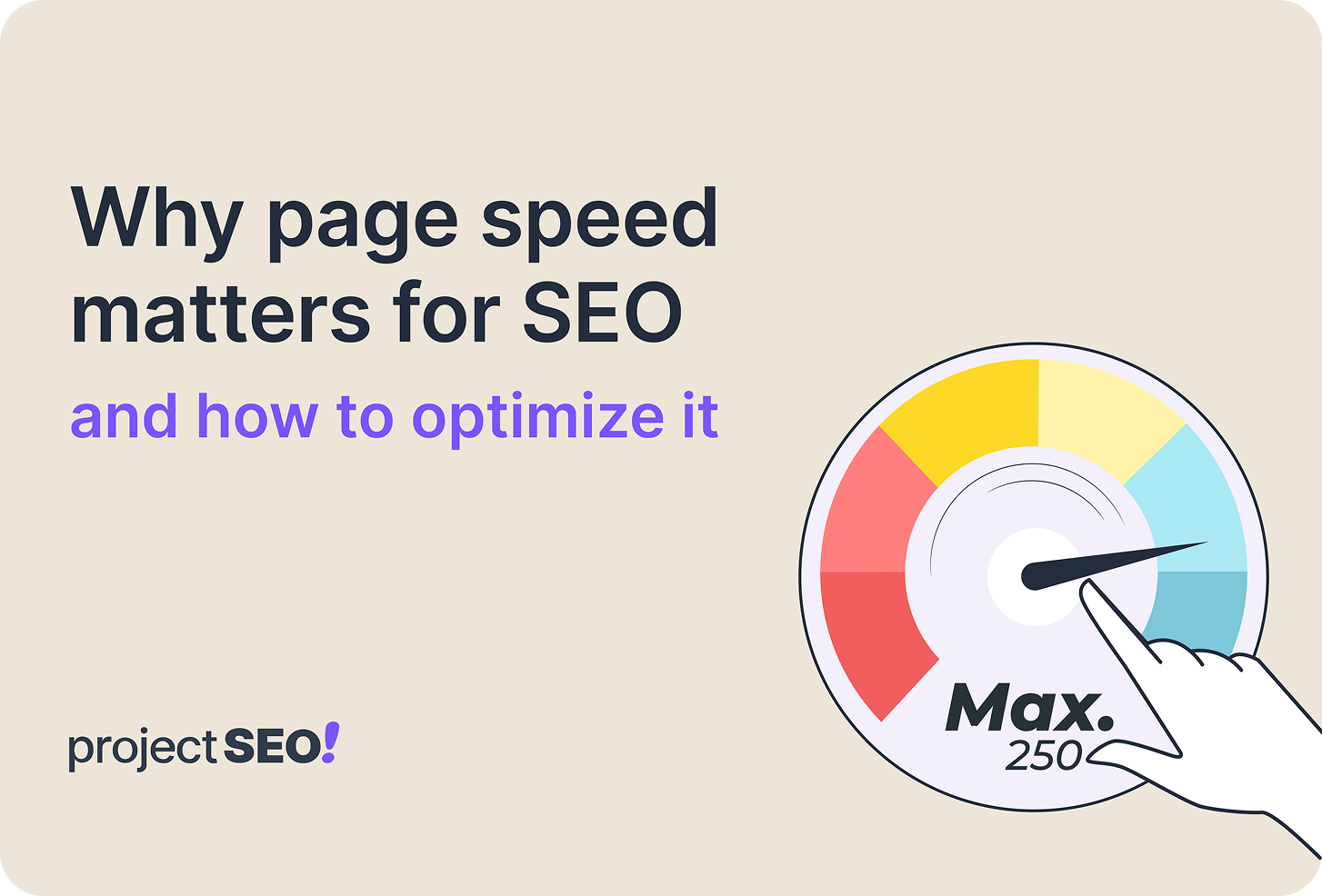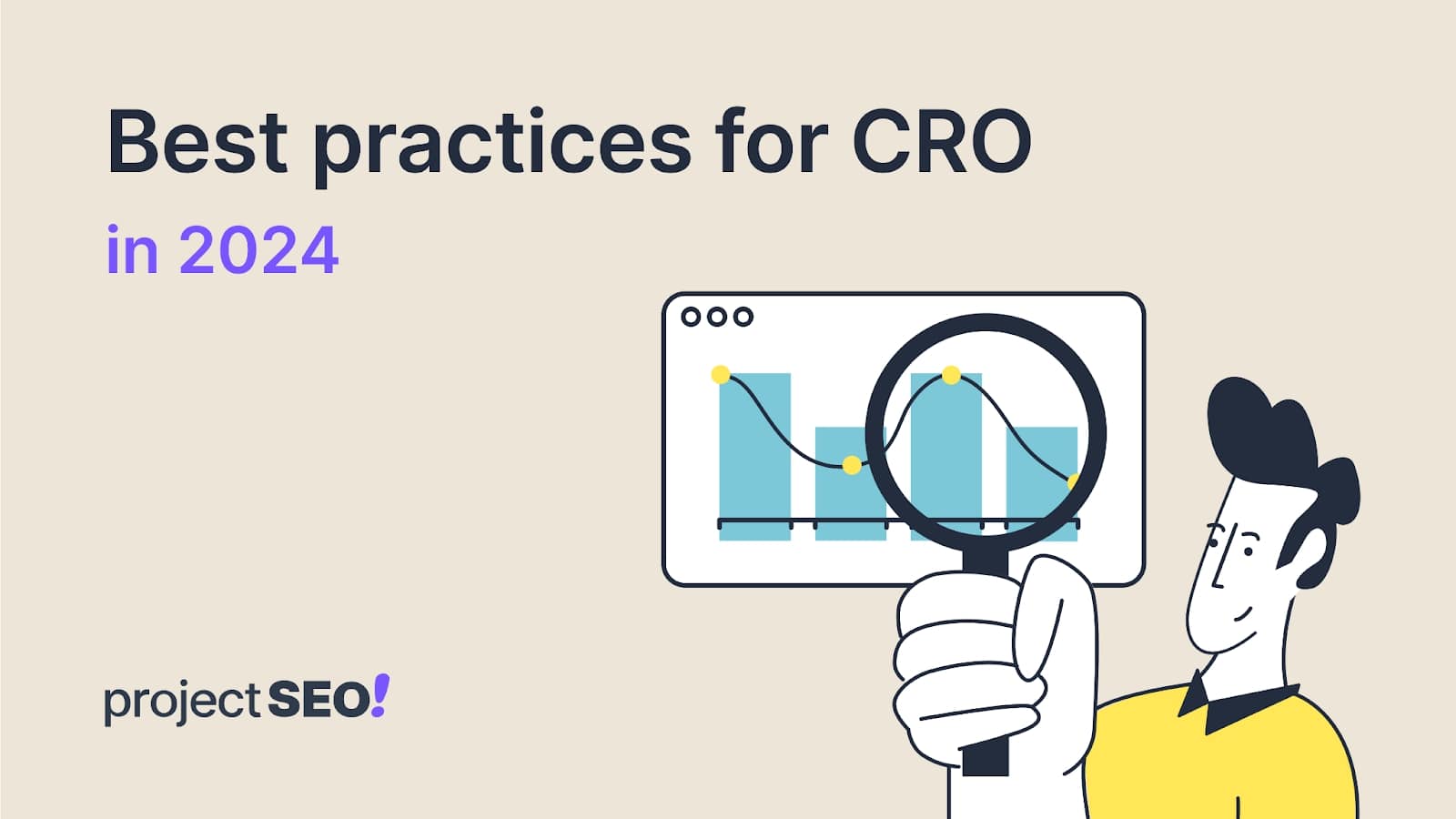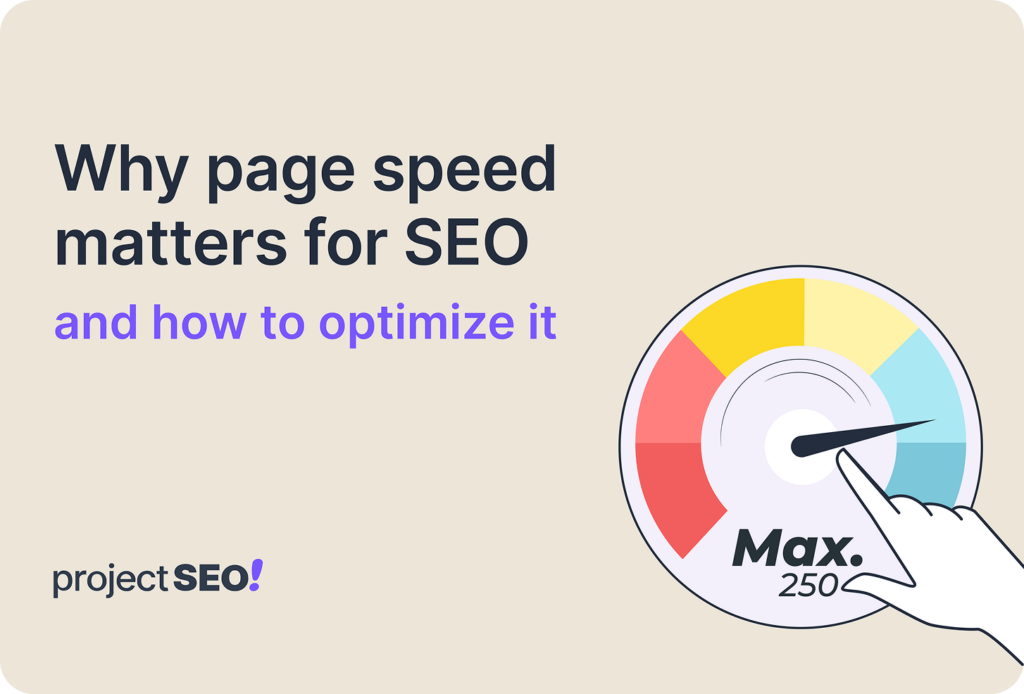Conversion Rate Optimization (CRO) is a marketing strategy that prioritizes increasing the number of website visitors who take a desired action, like purchasing or subscribing to a newsletter. The formula is pretty simple:
Conversion rate = (number of conversions/number of visitors) x 100
CRO is critical to business growth. It boosts sales and enhances user engagement. Instead of investing more in traffic generation, this marketing approach helps businesses maximize the potential of their existing visitors.
Making your website just one second faster through CRO can increase conversions by 7%, and ensuring it loads in two seconds or less can increase conversions by 15%. A slight increase in conversion rate can have a massive impact on revenue. FSAstore.com, for instance, saw a 53.8% increase in average sales revenue per visitor after simplifying its web funnel.
Why CRO is Crucial for Business Success
Optimizing your website’s conversion rate can boost revenue. The good news is that you won’t need additional traffic to achieve this, so you won’t have to invest thousands of dollars for organic traffic.
In other words, CRO is a cost-effective strategy, as increasing conversions is more affordable than constantly investing in new traffic sources.
Many companies that prioritize CRO notice reasonable improvements. For instance, Going, a travel deal alert service, saw 104% more premium trial signups just by A/B testing their CTA buttons. This small change led to a big increase in paid channel conversions, exemplifying the power of CRO.
Conversion Rate Optimization Best Practices
Data Over Opinions
Opinions won’t help you optimize your website for conversions. Instead of guessing, use data and research to inform your strategy and improve your site.
Not every idea you test will succeed, but that’s okay. Failed tests show you what doesn’t work, so you don’t implement ineffective changes.
Even when tests don’t show exact results, they’re still valuable because they tell you what your customers aren’t interested in. The key is to keep testing and learning from those results to refine your marketing.
So, what are the key areas to consider as part of a CRO strategy?
1. User Behavior Analysis
Understanding how visitors interact with your website is the first step when considering CRO. Tools like heatmaps and session recordings can show you where users are clicking, where they drop off, and how they navigate your pages. This data helps you identify problem areas and opportunities to improve the user experience and boost conversions.
Note: If you’re working on someone else’s website, make sure you have access to all the data you need for proper analysis.
2. A/B Testing

A/B testing allows you to compare two web page versions to see which performs better. For example, you can test different headlines, button colors, or call-to-action (CTA) text. Simple changes based on data, like tweaking the wording of a CTA, can increase conversions big time.
3. Simplifying the User Experience
Prioritize page speed, simplify navigation, and ensure the site is mobile-friendly. The fewer steps a user has to take, the more likely they will convert.
4. Create Strong CTAs

Include clear calls to action (CTAs) and encourage readers to take the next step. Like signing up for a newsletter or exploring a product page. Don’t push visitors to buy or get to the cart too soon, especially in e-commerce.
Your goal is to create a smooth path from interest to action by aligning your CTAs with their readiness.
5. Use Lead Flows on Your Blog
Lead flows like pop-ups or slide-ins that offer something of value in exchange for contact info can capture leads without disrupting the user experience.
When designing your lead flow, make sure the pop-up is engaging, asks a question to grab attention, and has a clickable button to a short form for the content. A small pop-up on the side of the screen is noticeable but not intrusive.
Set it to appear after 7 seconds or when the user has scrolled more than half the page.
6. Add Messages to Top-Performing Pages
Make the most of your top-performing pages by adding messages or offers that nudge interested users to take action. You can also use live chat to help visitors in real-time and offer guidance when needed.
For better conversions, add live chat to key pages like pricing or product pages. Set up triggers to offer help automatically when a visitor has been on a page for more than a minute so they get support quickly.
7. Test and Optimize Landing Pages
Conversions happen on your landing pages, so always test and optimize. Try different headlines, images, or form placements to see what works best.
Here are three steps to optimize your landing page:
- Identify design or functionality issues that are reducing conversions or increasing bounce rates.
- A/B-test different elements like headlines, images, and CTAs to see what works best.
- Measure the impact on conversion rates and use data to refine further.
Where to Apply CRO
1. Landing Pages
Landing pages should be about one goal – like collecting an email or signing up for a trial. Keep it minimal, and A/B-test the layout and messaging.
2. Product Page
The product page is another place where conversion could likely happen. Make sure product descriptions are clear, the images are high-quality, and the “Add to Cart” button is easy to find.
Adding customer reviews or testimonials on your product page can build trust and credibility. You can also test different layouts, image sizes, or button styles to find what increases sales.
3. Homepage Optimization
Your homepage should direct users to the next step in their journey, like learning more about your services or buying. A/B-test homepage headlines and consider adding a chatbot to guide users.
4. Pricing Page
Pricing pages can impact purchase decisions. Simplify the options and add testimonials or case studies to reassure customers. Test different pricing structures, such as monthly vs yearly subscriptions, to see what works best.
5. Forms
Long forms can scare users off. Simplify your forms by asking only for the essential info. Multi-step forms can also increase completion rates.
6. Call-to-Action Buttons (CTAs)
CTAs are key to conversion. Experiment with the placement, color, and wording of these buttons. Action-oriented text like “Get Started Now” works better than generic text like “Submit”.
7. Blog
Your blog is another great place to include CTAs, such as email sign-up forms or links to downloadable resources. Testing different placements and formats for these CTAs can help increase sign-ups.
Before You Go
CRO is a continuous process that can significantly boost your business’s success. By understanding user behavior, running A/B tests, and enhancing the overall experience, you can drive more conversions and fuel growth.Ready to elevate your website’s performance? Contact ProjectSEO today and start seeing actual results.






